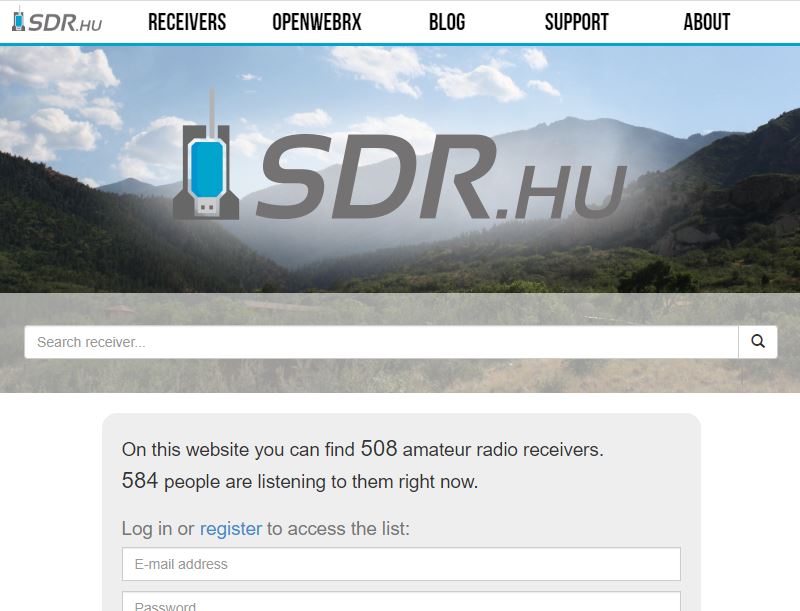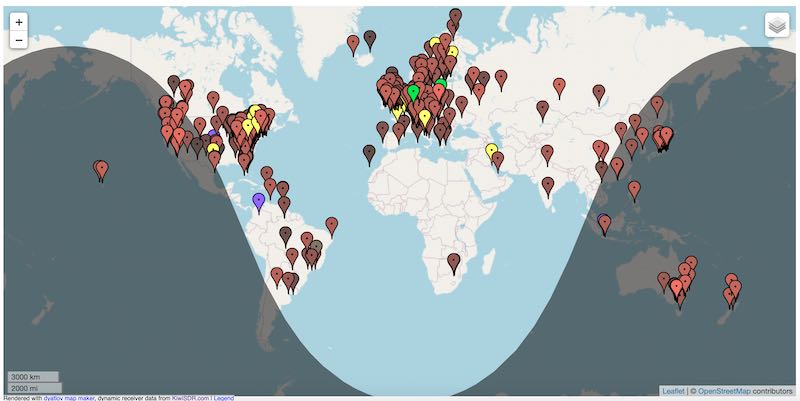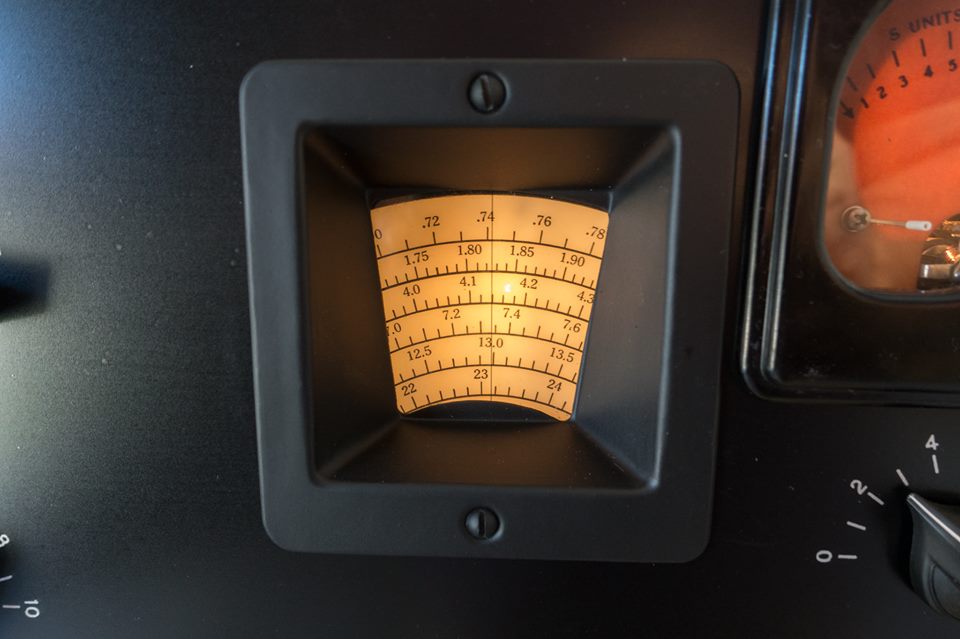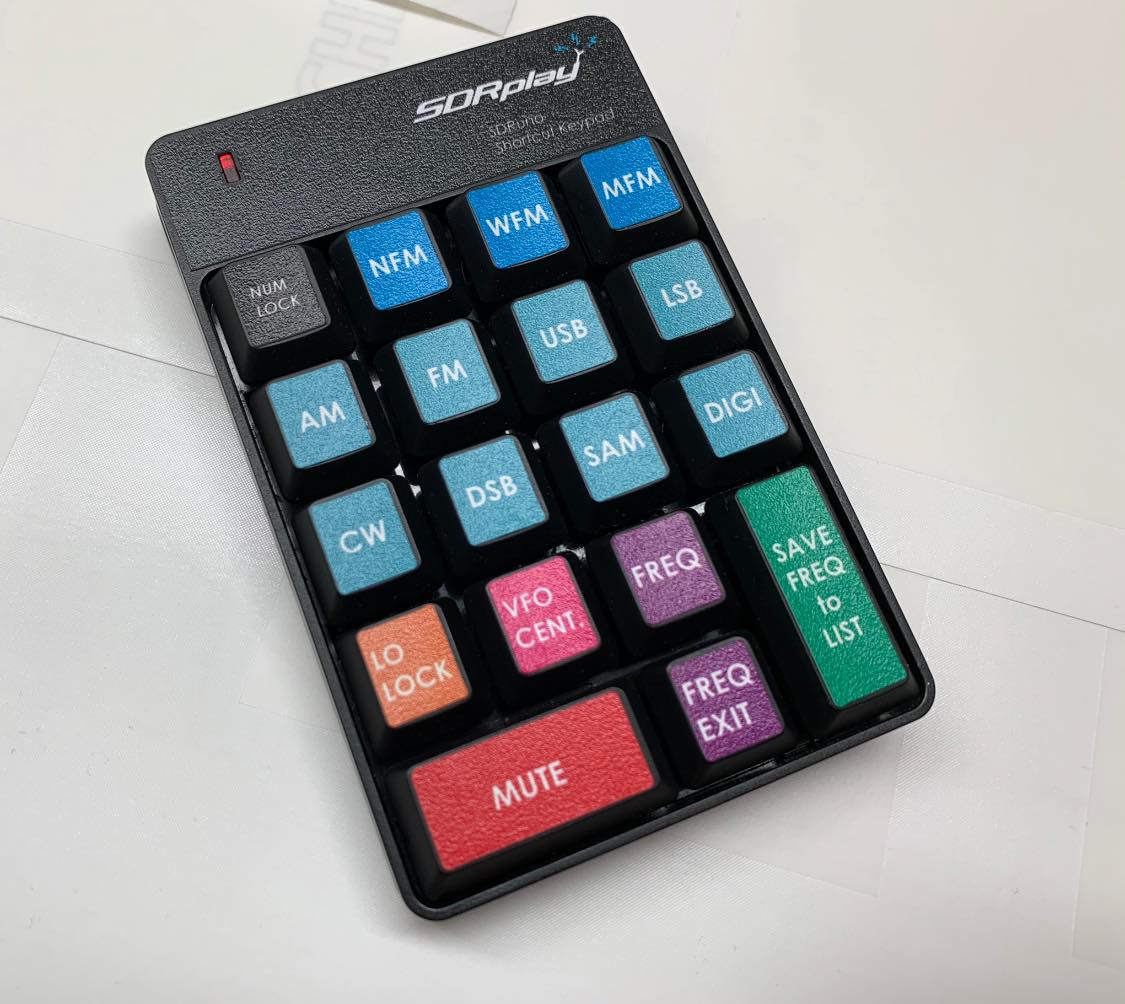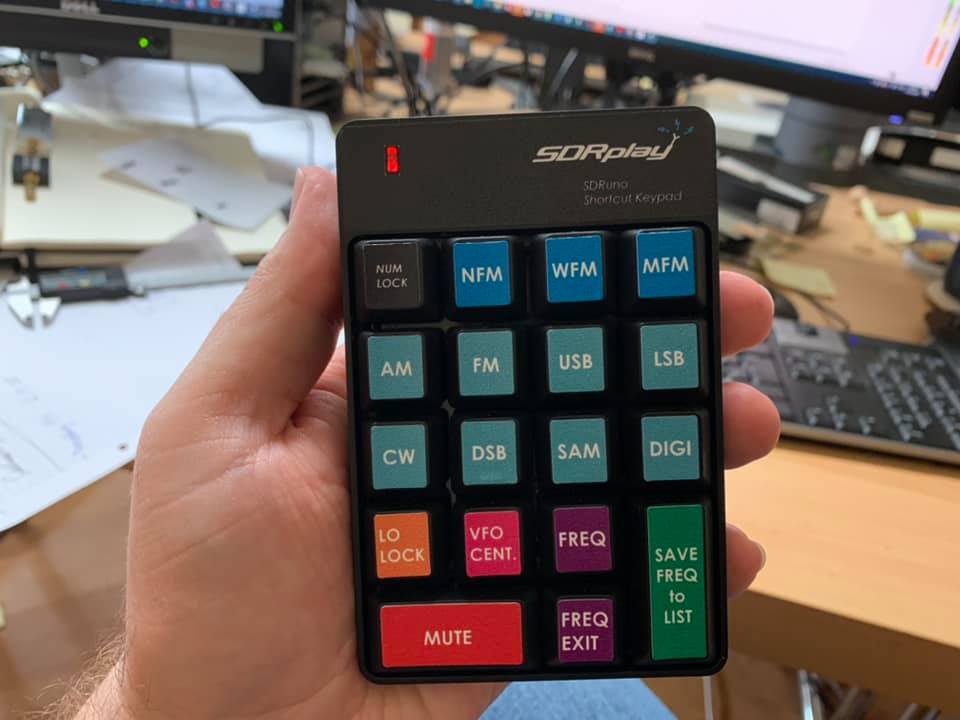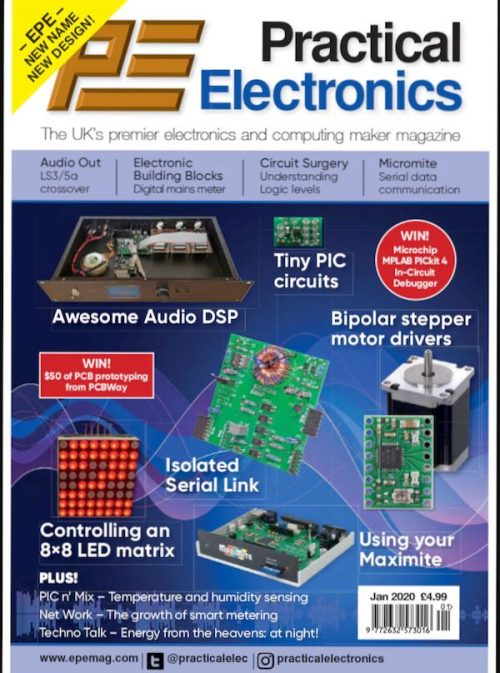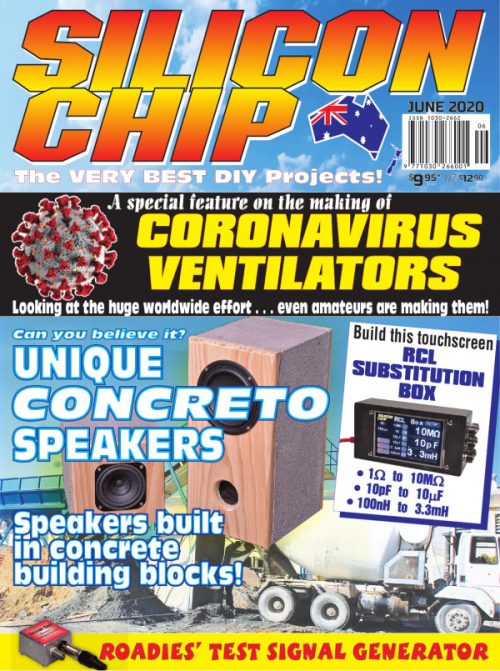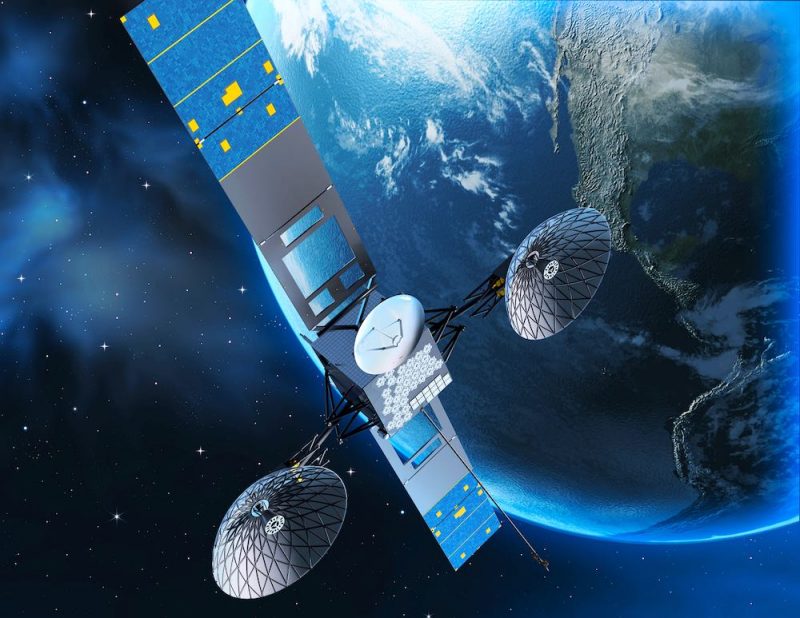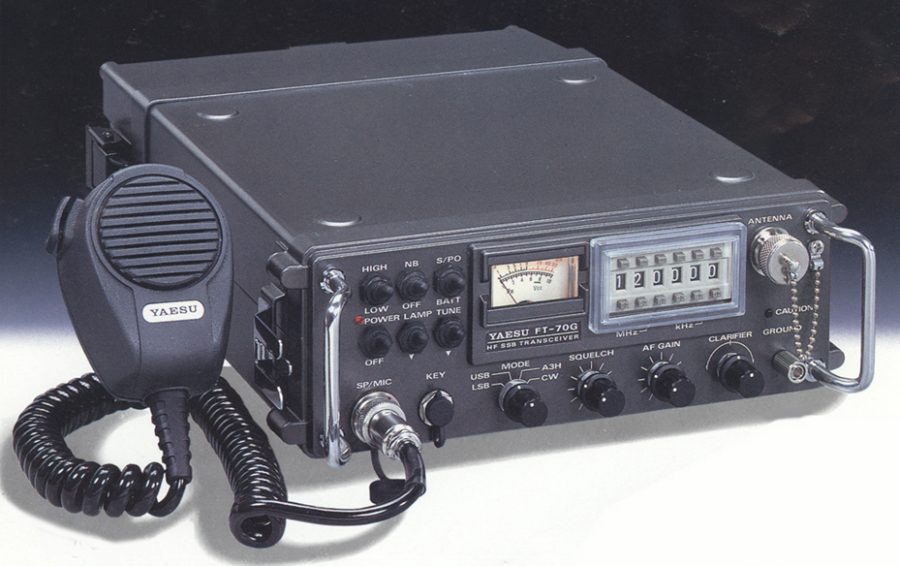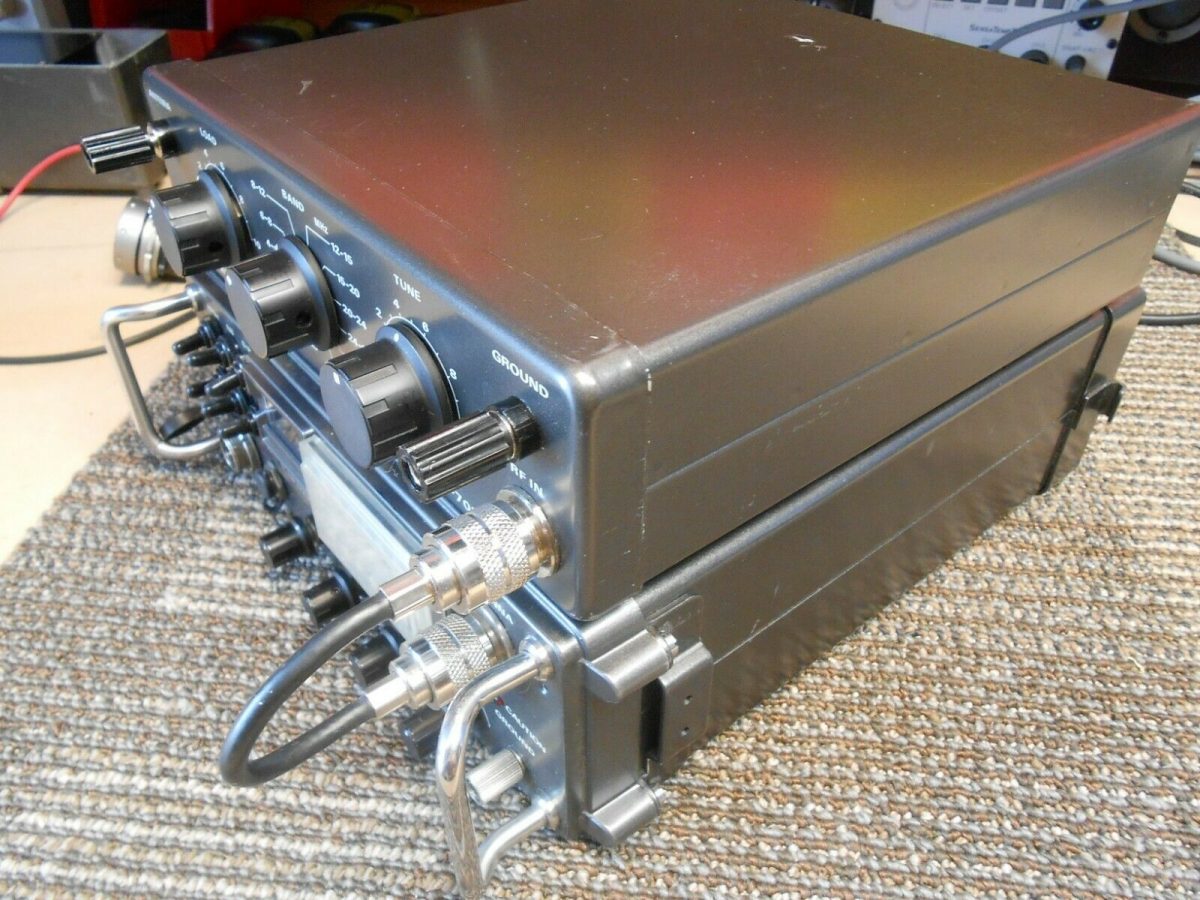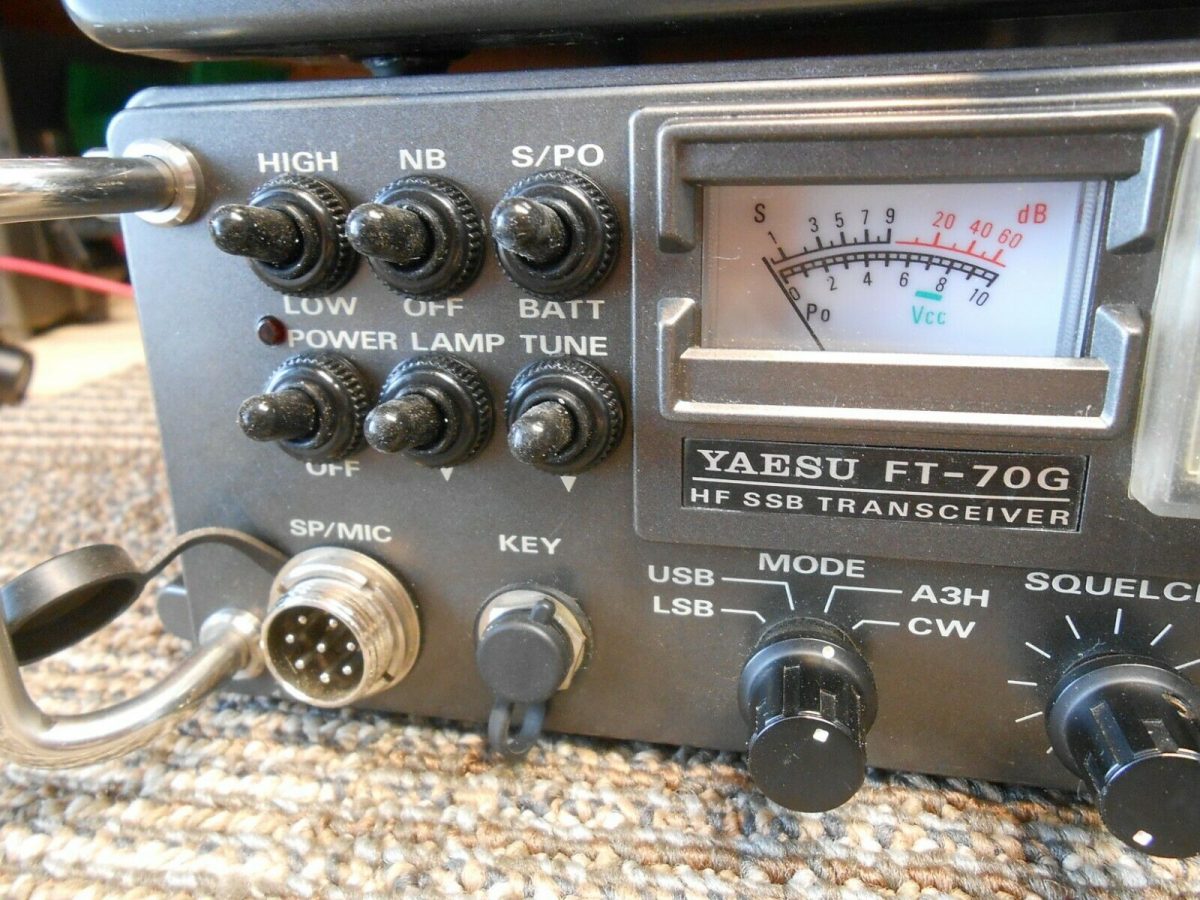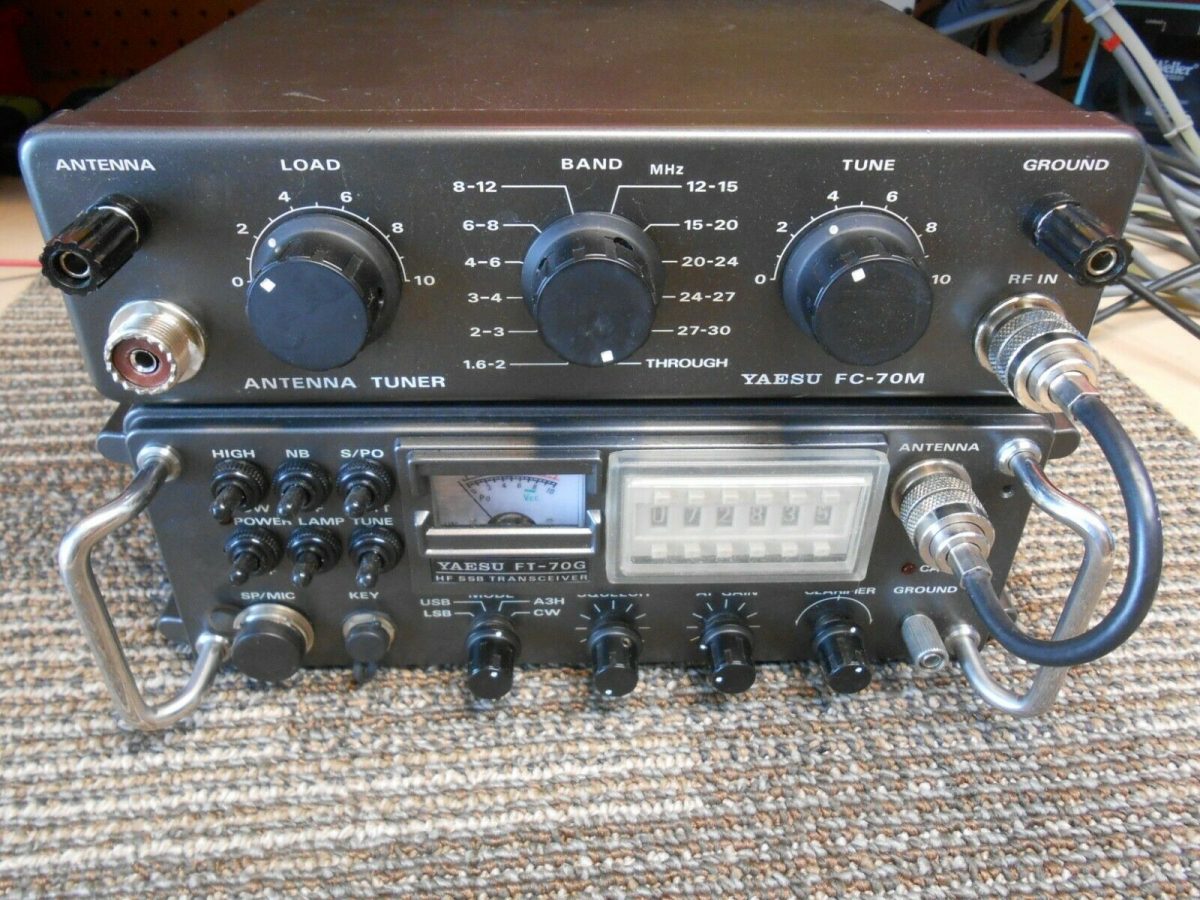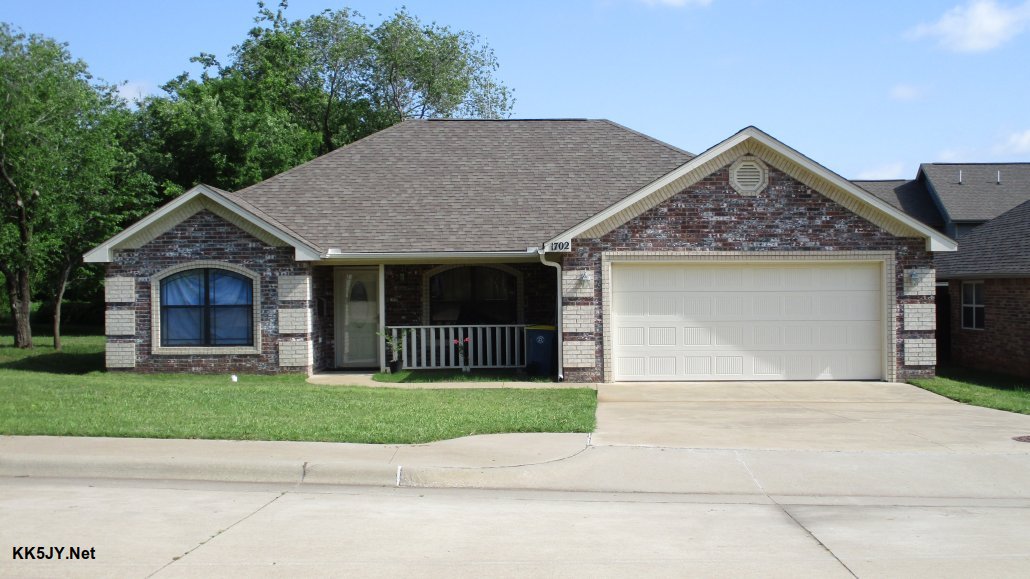
Can you spot the antenna in this photo?
Many thanks to Matt Roberts (KK5JY) who has kindly given me permission to re-post the following article he recently published on his website KK5JY.net. Many thanks to SWLing Post contributor, Grayhat, for the tip!
Note: The Porch Loop project below is a re-configured Small Receiving Loop (SRL) antenna. For SRL construction details, check out Matt’s primer.
The Porch Loop
by Matt Roberts (KK5JY)
The small receiving loop, or SRL, is a versatile, effective, and very space-efficient receive-optimized antenna for the HF bands. They are easy to build, and can be made very inexpensively. Most typical designs use symmetric shapes, like circles, diamonds, octagons, etc., and are mounted on some kind of mast. This makes it easy(-ier) to install the antenna clear of nearby metal and electronics. It also makes the antenna rotatable, so that the nulls can be pointed at RFI sources.
These aren’t the only options for the SRL, however. These little loops can be made to fit in just about any available space. In fact:
- They are effective at any reasonable installation height, including very close to the ground. The installation height doesn’t change the pattern shape, only the pattern strength.
- They can be made nearly any shape. The shape does not have to be symmetric about any axis or combination of axes.
- They can be fed at just about any point on the loop. A typical feed location is bottom-center, but off-center feeding has negligible effect on the pattern shape.
- The wire can be bent out-of-plane; in other words, the loop doesn’t have to be “flat.”
There are a couple of requirements for obtaining predictable performance, however. First, the antenna does need to be an electrical loop. That is, it is a single wire connected between the conductors of the feedline, forming a complete circuit. Also, the circumference of the loop wire should be electrically small (i.e., significantly less than ? / 4) on the bands where it is to be used.

Figure 1. The antenna location (click to enlarge)
As a personal challenge, I recently installed such a loop on my front porch. Everything about this installation defies conventional wisdom — it was installed very close to the ground, it was an irregular shape, it was fed off-center, and the wire was wound in and around an irregular support structure, rather having all the wire in a single plane.
And the resulting antenna still performed very well.
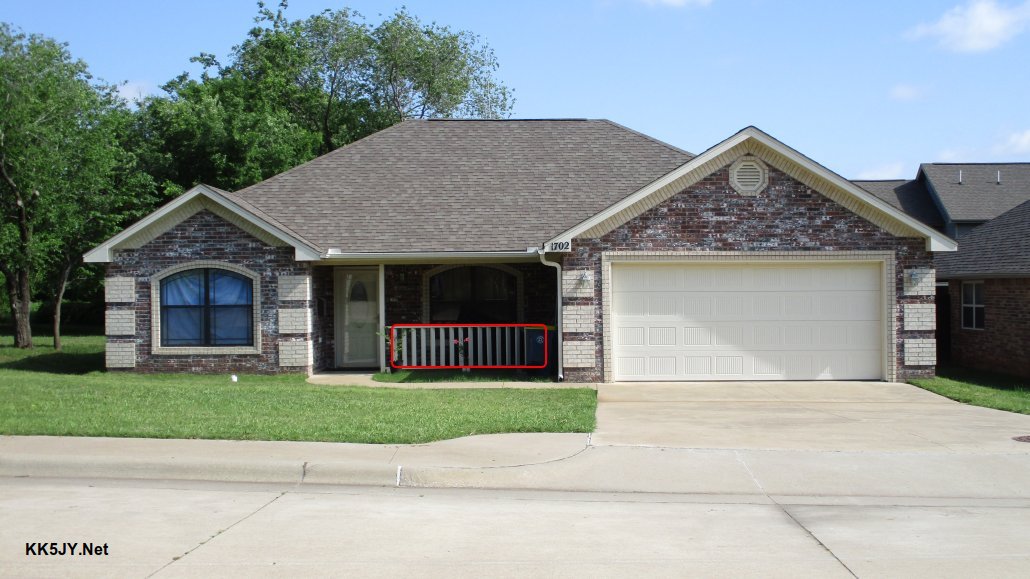
Figure 2: Antenna Location Outlined in Red (click to enlarge)
The loop is essentially the same device as the one in the original SRL article. See that article for more construction details. This version is simply stretched and twisted to make it fit the space and supports available. The wire was woven around the boards in the porch’s deck rail, and fed off to one side, so that the transformer housing could be “hidden” behind the trash cans.
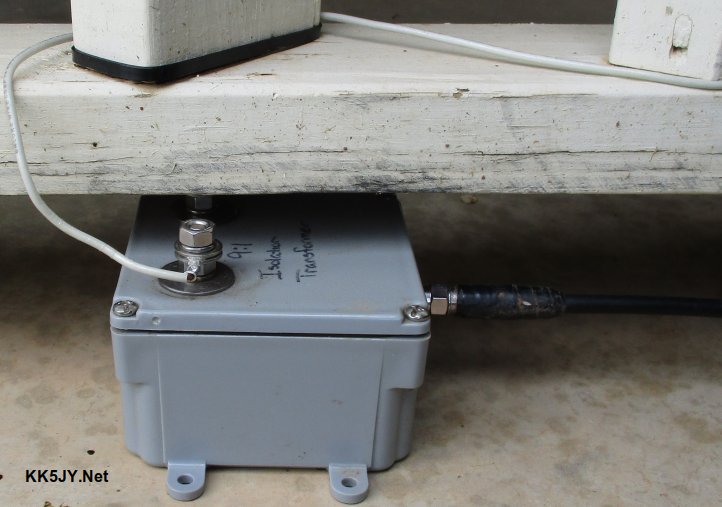
Figure 3: Feedpoint Transformer (click to enlarge)
The wire was insulated with an off-white THHN, which made it blend in with the color of the trim of the house.
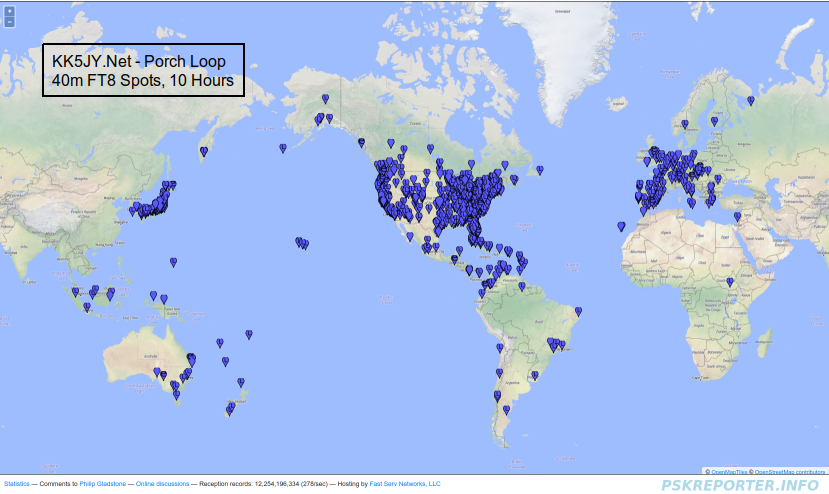
Figure 4: 40m Reception 10h Overnight (click to enlarge)
Even with its suboptimal installation details, the overnight 40m DX spots were numerous and well-distributed, as seen in Figure 4. There were DX spots at nearly 10,000 miles, there were NVIS spots, and there were countless at all distances in between. So the antenna was just as effective as its more ideally shaped brethren, despite it’s unconventional installation details.
Other ideas for possible locations of such a device could include:
- In an attic. The antenna could be nailed to a vertical panel, or strung like a spider’s web inside the frame of a truss or other open area.
- Under a tree. Taking another idea from the spiders, the antenna could be hung and pulled into shape using light guys or tree branches.
- On a wooden fence. If you have a wooden fence, the antenna could be installed against the fence panels. This option could allow a wide range of circumference lengths.
- Attached to an interior wall of an apartment. The shape could be chosen to keep the loop clear of in-wall wiring, to help preserve its performance.
The original mast-mounted SRL antennas still have some advantages. Perhaps the biggest advantage is that they can be easily rotated to null out a nearby strong noise source. That said, if you are looking for an antenna with better receive performance than a large resonant vertical, the SRL can be stretched and squeezed into service just about anywhere.
Many thanks for sharing this project, Matt! So many of our readers live in situations where they are forced to use stealthy and compromised antennas. What I love about your porch loop is that even though it breaks several loop antennas “rules,” it’s still amazingly effective.
I encourage SWLing Post readers to check out Matt’s website as he has written articles covering a number of interesting radio and antenna projects.

